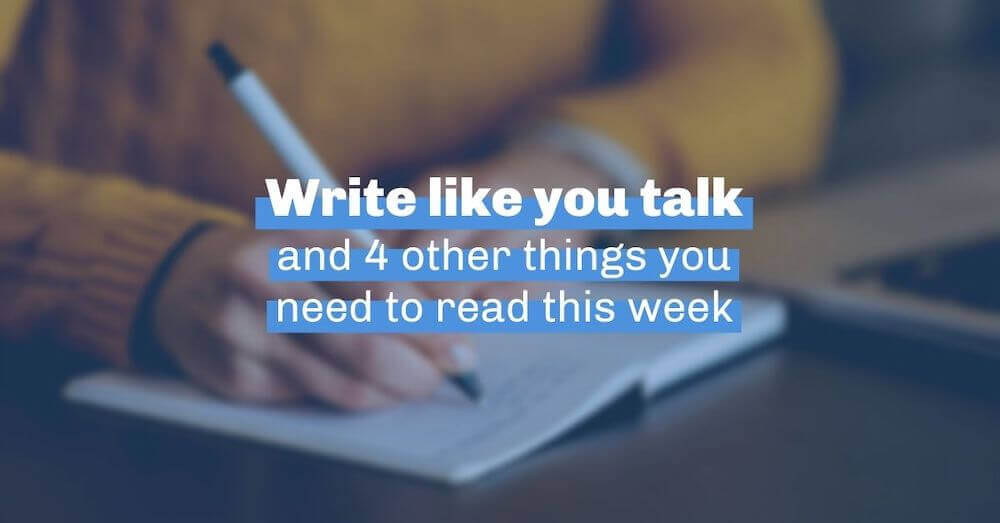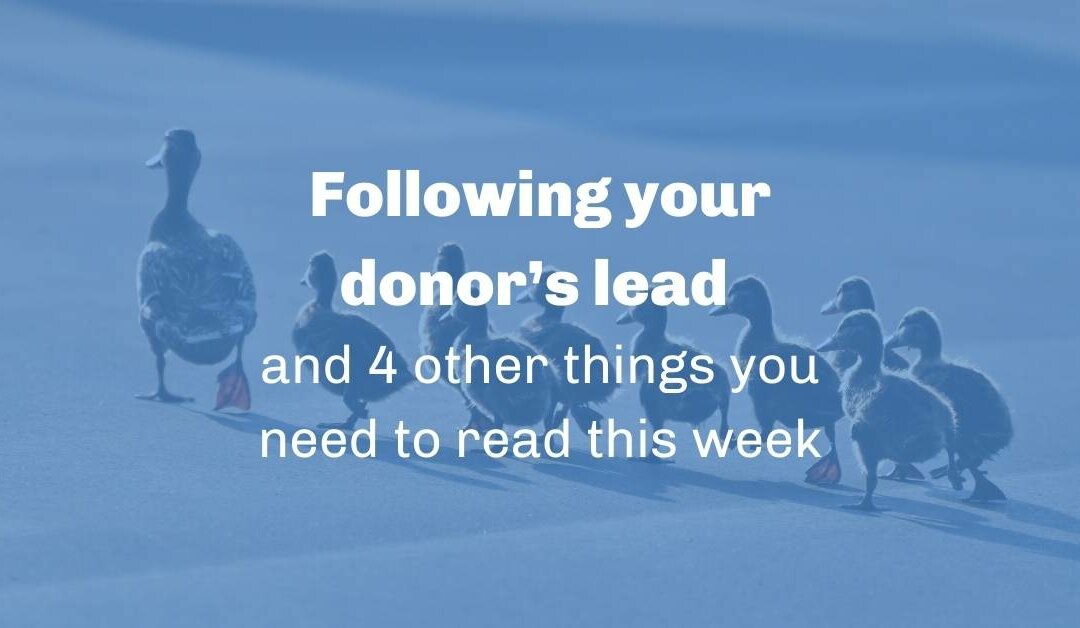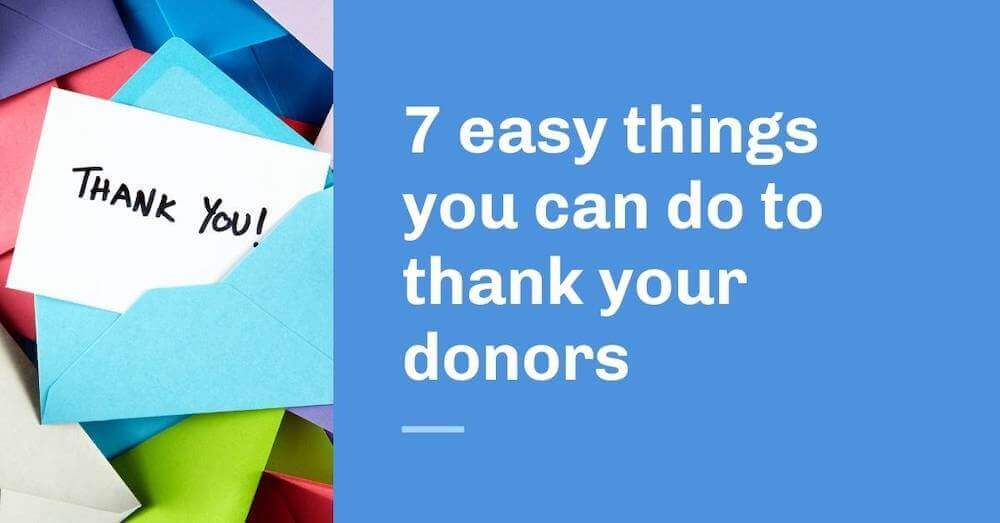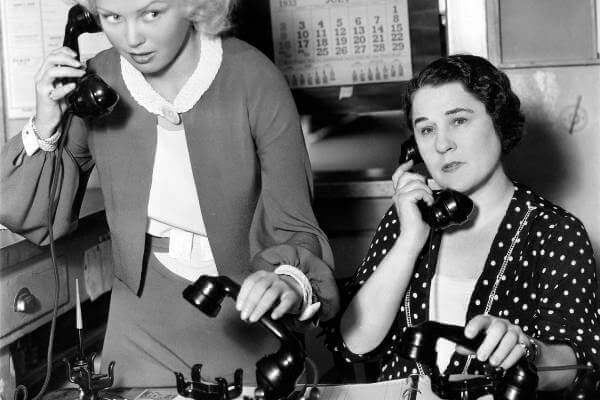
Write like you talk and 4 other things you need to know this week
1. TikTok for 👍 good.
TikTok has over 850 million active users and has become synonymous with dance challenges, cooking hacks, and Gen Z. But for nonprofits, the video-sharing platform presents a unique opportunity to tell stories and connect with new audiences—and promote fundraising, too!
Find out what the cool kids are up to. [via Swell+Good]
2. Write ✍️ like you talk.
Complicated sentences and confusing jargon are putting your audiences to sleep. Wake them up with conversational writing. Channel your inner Hemingway with short, snappy sentences. Toss your audience a question. Skip the jargon. Here are 12 ways to grab your reader’s attention.
Master the art of conversational content. [via Content Marketing Institute]
3. Showing 👀 instead of telling.
Data has the power to convince a customer to take action or make a purchase, but it can often feel impossible to decipher. The solution? Data visualization. Using graphics like charts, maps, and scatter plots makes your numbers tell a story. Make critical information more digestible and capture your readers’ attention more effectively with these helpful tips.
How to make a chart that tells a story. [via Neil Patel]
4. The basics of NFTs ⛓ in five minutes.
Non-fungible tokens…yes, we know, you’re probably already confused. What are they? How do they work? Why should you care? Ownership of digital objects can be fun and profitable if you know what you’re doing. Watch this video for a quick, simple rundown of the latest cryptocurrency craze.
What is an NFT? [via Mashable]
5. Win back 🥇 your biggest donors.
When it comes to creating a successful fundraising strategy, winning back lapsed donors pays off in a big way. On average, they’re more likely to give larger gifts, have better retention rates, and are less expensive to acquire than new donors. But not all reactivation appeals are created equal. The best way to win back a lapsed donor is to send them your best fundraising materials and think strategically about the messaging you deploy to reach them.
Don’t say goodbye to lapsed donors. [via Future Fundraising Now]
This issue of +good was written and produced by Allison Kooser, Ian Haisley, Sydney Bartlett, Lindsey Lincoln, and Katie Powers.











